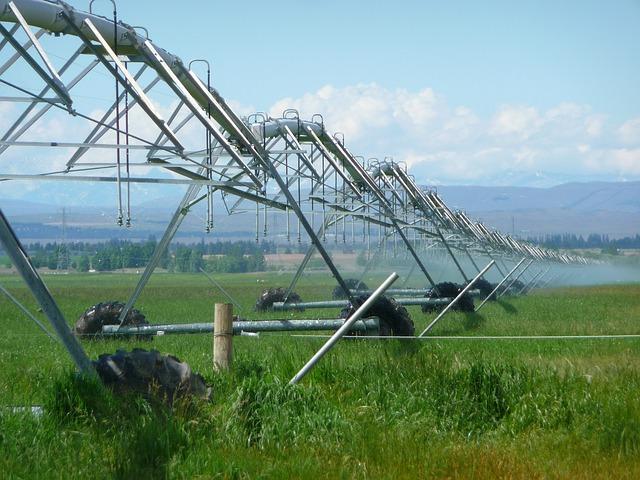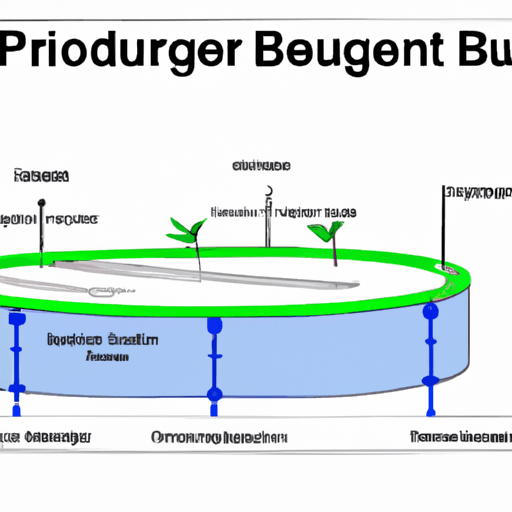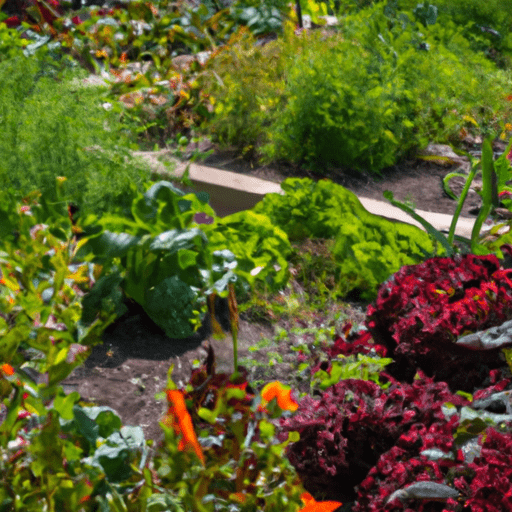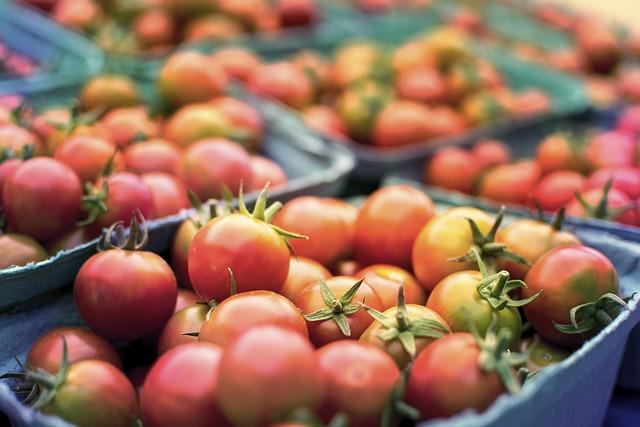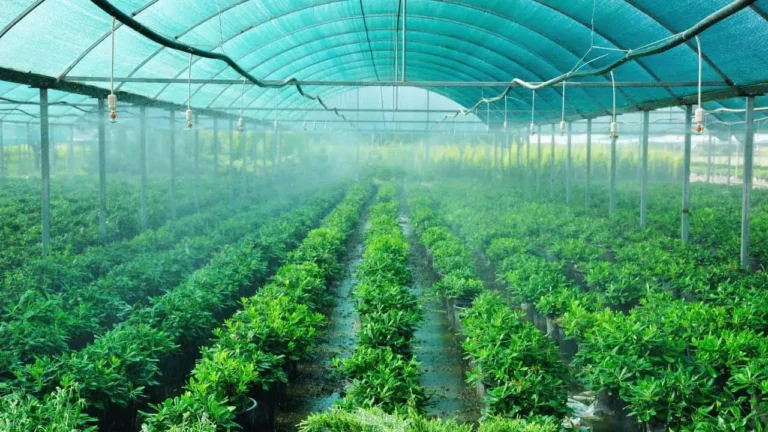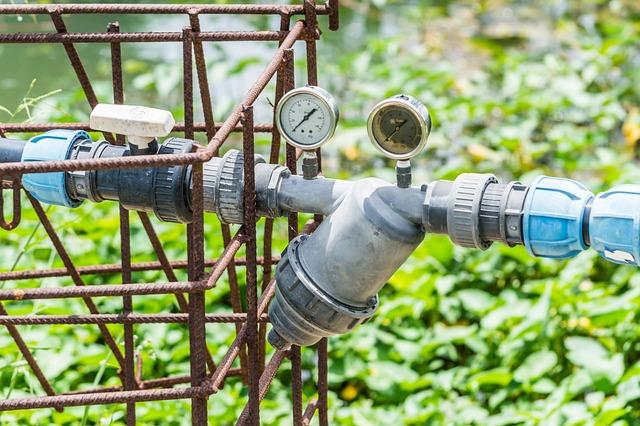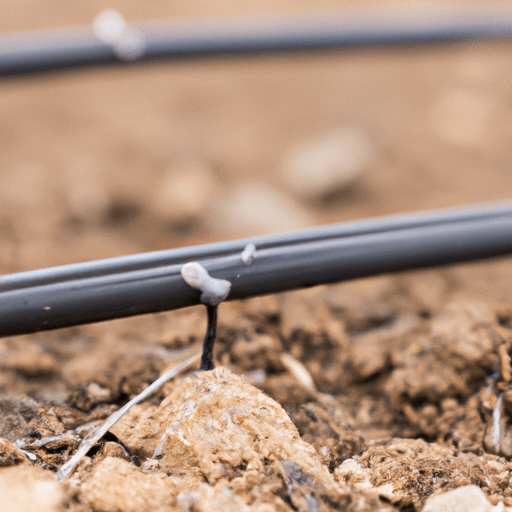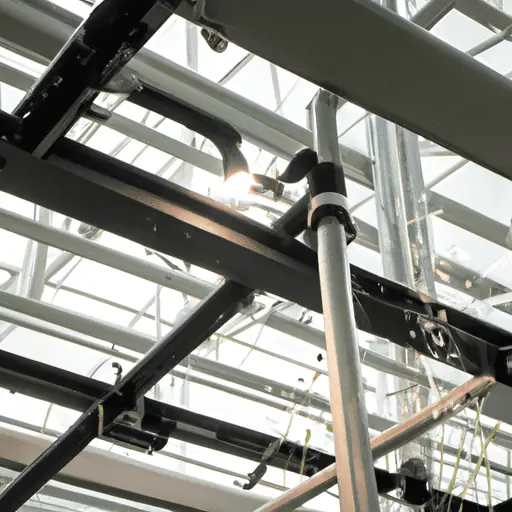This is a comprehensive guide to understanding the costs associated with irrigation systems. It delves into the various factors influencing these costs, the ongoing maintenance expenses, as well as useful tips for budgeting. Whether you’re a seasoned farmer or a green thumb hobbyist, this article will provide valuable insights to help you make well-informed decisions about your irrigation system.
Factors Influencing the Cost of Irrigation Systems: What You Should Know
Installing an irrigation system can be a significant investment for any property owner. Several factors can influence the cost of irrigation systems, and it is essential to understand them before embarking on this project. The size and layout of the property play a crucial role in determining the cost. Larger properties with complex landscapes require more extensive irrigation systems, resulting in higher costs. Additionally, the type of irrigation system chosen can impact the overall price. Drip irrigation systems, for example, tend to be more expensive initially but can provide long-term cost savings through water efficiency. Soil conditions and terrain also play a role in the cost of irrigation systems. Properties with challenging soil conditions or steep slopes may require additional equipment and labor, leading to increased costs. Finally, the type and quality of materials used in the irrigation system can influence the price. High-quality materials may be more expensive initially but can offer greater durability and longevity, reducing the need for future repairs or replacements. Understanding these factors will help property owners make informed decisions regarding their irrigation system investment.
1. An illustration comparing the cost of different types of irrigation systems
The Cost of Keeping the Green: Understanding Ongoing Maintenance Costs
Maintaining an irrigation system involves ongoing expenses that property owners must consider. While the initial installation cost is significant, it is equally important to budget for ongoing maintenance costs. Regular maintenance ensures the system operates efficiently and avoids costly repairs in the long run. One of the primary ongoing expenses is water usage. Depending on the size of the property and the water rates in the area, the cost of water can add up quickly. It is crucial to monitor water usage and make adjustments to avoid excessive waste. Another ongoing expense is electricity.
Many irrigation systems require electricity to power pumps, valves, and timers. Property owners should factor in the cost of electricity consumption when budgeting for ongoing maintenance. Additionally, routine inspections and repairs are necessary to keep the system in optimal condition. This includes checking for leaks, replacing worn-out components, and adjusting sprinkler heads. Hiring a professional to conduct regular inspections and perform necessary repairs can help prevent more significant issues down the line.
Finally, seasonal adjustments and winterization are important aspects of maintenance. As weather conditions change, the system may need to be adjusted to accommodate varying water needs. Winterization is crucial to protect the system from freezing temperatures and potential damage. Property owners should budget for these seasonal adjustments to ensure the system remains in good working condition year-round. Understanding the ongoing maintenance costs associated with an irrigation system is essential for budgeting purposes. By accounting for water usage, electricity consumption, routine inspections, repairs, and seasonal adjustments, property owners can ensure they are adequately prepared for the ongoing expenses of keeping their landscapes green and healthy.
Budgeting for Your Irrigation System: A Comprehensive Guide for Growers
When it comes to budgeting for an irrigation system, growers need to consider several factors to ensure they allocate their resources effectively.
- Assessing the Scope of the Project:
The first step in budgeting for an irrigation system is to assess the scope of the project. This includes determining the size of the area to be irrigated, the type of crops or plants being grown, and the specific water requirements. By understanding the project’s scope, growers can estimate the necessary equipment, materials, and labor costs. - Researching Equipment and Material Costs:
The next step is to research the costs associated with the required equipment and materials. This may include items such as pipes, sprinkler heads, valves, controllers, and filtration systems. It is essential to compare prices from different suppliers and consider the quality and durability of the products. Investing in higher-quality equipment may incur a higher upfront cost but can lead to long-term savings through improved efficiency and reduced maintenance. - Considering Installation and Labor Costs:
In addition to equipment and materials, growers should also budget for installation and labor costs. Hiring a professional irrigation contractor can ensure the system is installed correctly and minimize the risk of future issues. The cost of labor may vary depending on the complexity of the project and the local market rates. Growers should obtain quotes from multiple contractors and consider their expertise and reputation before deciding. - Factoring in Ongoing Maintenance Expenses:
Ongoing maintenance expenses should not be overlooked when budgeting for an irrigation system. Regular maintenance, including inspections, repairs, and adjustments, is necessary to keep the system operating efficiently. Growers should allocate funds for routine maintenance tasks and consider potential costs for any unforeseen repairs.
3. A diagram showing a detailed breakdown of budgeting for an irrigation system
Is it possible to reduce costs while maximizing efficiency in irrigation?
Absolutely! It is indeed possible to reduce costs while maximizing efficiency in irrigation. By implementing certain strategies and practices, growers can achieve significant savings without compromising the effectiveness of their irrigation systems.
Firstly, utilizing smart irrigation technologies can greatly enhance efficiency and reduce costs. These technologies use sensors and weather data to determine the optimal amount of water needed for specific crops, preventing overwatering and minimizing waste. By investing in smart controllers and sensors, growers can save water, and energy, and ultimately reduce their utility bills.
Secondly, proper maintenance and regular inspections are crucial for maximizing efficiency and minimizing costs. Regularly checking for leaks, clogged sprinkler heads, or damaged pipes can help identify and address issues promptly, preventing further damage and water wastage. Additionally, calibrating sprinkler heads and adjusting watering schedules based on changing seasons and crop needs can optimize water usage and reduce unnecessary expenses.
Furthermore, employing efficient irrigation techniques such as drip irrigation or micro-sprinklers can significantly reduce water consumption. These methods deliver water directly to the roots of plants, minimizing evaporation and maximizing absorption. By using water more efficiently, growers can reduce their water bills and conserve this valuable resource.
Finally, implementing proper soil and plant management practices can contribute to cost reduction. Improving soil quality through techniques like mulching or composting can enhance water retention, reducing the need for excessive irrigation. Additionally, selecting drought-tolerant plant varieties and grouping plants with similar water requirements can help optimize water usage and minimize waste.
Overcoming the Price Tag: Tips for Reducing Irrigation Costs
Reducing irrigation costs is a common concern for many growers, especially when faced with the initial price tag of installing an irrigation system. However, there are several tips and strategies that can help overcome these costs and make irrigation more affordable.
- Conduct a thorough cost-benefit analysis:
Before investing in an irrigation system, it is essential to conduct a comprehensive cost-benefit analysis. Consider factors such as water savings, crop yield increase, and potential reduction in labor costs. This analysis will provide a clearer picture of the long-term financial benefits of implementing an irrigation system. - Seek financial assistance and incentives:
Many government programs, agricultural organizations, and water conservation agencies offer financial assistance and incentives for implementing efficient irrigation systems. Research and explore these options to reduce the financial burden of installing and maintaining the system. - Opt for a phased approach:
If the upfront cost of a complete irrigation system is too steep, consider implementing it in phases. Start with the most critical areas or crops and gradually expand the system over time. This approach allows for better financial planning and minimizes the initial investment. - Explore alternative water sources:
Depending solely on municipal water sources can be costly. Consider utilizing alternative water sources such as rainwater harvesting, on-site ponds, or recycled water. These sources can significantly reduce water bills and decrease reliance on expensive municipal supplies. - Regularly monitor and adjust irrigation schedules:
Monitoring and adjusting irrigation schedules based on weather conditions, soil moisture levels, and crop needs can prevent overwatering and unnecessary expenses. Utilize soil moisture sensors and weather data to optimize irrigation timing and duration, ensuring water is used efficiently.
5. An infographic showing tips to reduce costs in irrigation
6. Every drop counts: Strategies for Efficient Water Usage and Cost Savings
In an era of increasing water scarcity and rising costs, efficient water usage is crucial for both environmental sustainability and cost savings in irrigation systems. Implementing strategies to maximize water efficiency can significantly reduce water bills and minimize the strain on water resources. Here are some key strategies to consider:
- Utilize drip irrigation:
Drip irrigation systems deliver water directly to the root zone of plants, minimizing evaporation and reducing water wastage. This targeted approach ensures that water is used efficiently, resulting in significant water savings. - Employ soil moisture sensors:
Soil moisture sensors provide real-time data on soil moisture levels, allowing growers to irrigate only when necessary. By avoiding overwatering and ensuring plants receive the right amount of water, growers can save water and reduce unnecessary irrigation costs. - Implement proper scheduling:
Develop a well-planned irrigation schedule based on the specific needs of the crops and prevailing weather conditions. Adjusting irrigation timings based on evapotranspiration rates and rainfall data can help optimize water usage and avoid unnecessary irrigation. - Consider rainwater harvesting:
Harvesting rainwater can be a cost-effective way to supplement irrigation needs. Collecting rainwater in storage tanks or ponds during rainy seasons and utilizing it during drier periods can reduce reliance on external water sources and lower irrigation costs. - Use mulching techniques:
Mulching is an effective way to conserve soil moisture by reducing evaporation. Applying a layer of organic mulch around plants helps retain moisture in the soil, reducing the need for frequent irrigation.
Less is More: How to Maximize Efficiency with Minimal Costs
When it comes to maximizing efficiency in irrigation systems, the key is often to do more with less. By implementing cost-effective strategies, growers can achieve optimal results while keeping expenses to a minimum. Here are some tips to help you maximize efficiency without breaking the bank:
First, consider implementing a smart irrigation system. These systems use advanced technology to monitor weather patterns, soil moisture levels, and plant needs. By automatically adjusting watering schedules and volumes, smart irrigation systems ensure that water is used efficiently, reducing waste and lowering costs.
Next, take advantage of precision irrigation techniques. Rather than applying water uniformly across an entire field, precision irrigation targets specific areas or plants that require more water. This approach reduces water usage and allows growers to focus resources where they are most needed, improving efficiency and saving money.
Additionally, regular maintenance is essential for maximizing efficiency and minimizing costs. Properly maintaining and repairing irrigation equipment, such as sprinklers and valves, ensures optimal performance. Regular inspections can help identify leaks or malfunctions early on, preventing water wastage and costly repairs down the line.
Finally, consider investing in water-efficient irrigation technologies. Innovations such as low-flow sprinklers, pressure regulators, and soil moisture sensors can enhance efficiency and reduce water consumption. While there may be an initial investment involved, the long-term savings and benefits make it a worthwhile venture.
7. A photo of a lush, thriving garden maintained with a cost-efficient irrigation system
Understanding the Cost of Irrigation Systems:
| Cost Components | Cost Range | Average Cost | Additional Costs |
|---|---|---|---|
| Installation | $2,000 – $10,000 | $6,000 | Plumbing, wiring, etc. |
| Materials | $500 – $3,500 | $2,000 | Hoses, sprinklers, etc. |
| Labor | $400 – $1,500 | $900 | Time and expertise |
| Maintenance | $100 – $1,000 | $500 | Repairs, adjustments, etc. |
Understanding the cost of irrigation systems is crucial for efficient budgeting and financial planning. It’s not just about the initial cost; ongoing maintenance expenses and various factors can significantly influence the total cost. By being aware of these factors, one can make informed decisions and possibly reduce costs while maximizing efficiency. The goal is to achieve a balance between maintaining a healthy, thriving farm or garden and managing costs effectively.

